-
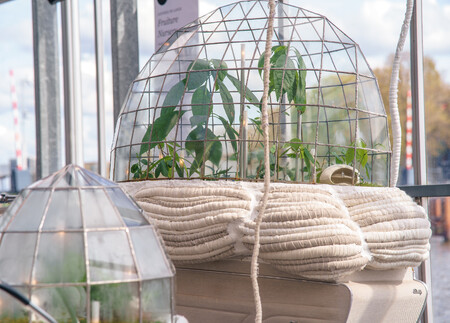
1. Mediamatic Biotoop Dijkspark Janneke de Lange
Fruiture Nursery
26Apr 2024- by Janneke de Lange14Jul 2024Designer Janneke de Lange envisions a future scenario in which she can grow her own tropical fruit trees in a mobile plant greenhouse, a 'Wardian case'. Because the Dutch climate is not...
-
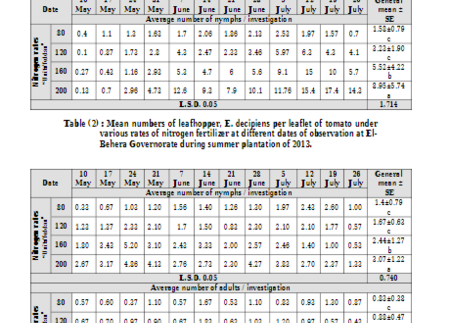
Determining the optimal nitrogen level for the…
Nitrogen is a key component in chlorophyll, so it plays a crucial role inside the plant: but what happens when it's too much?
Various researches have shown the correlation between pests infestation and nitrogen leaf content - which depends on the amount of fertilizer you add. What is, then, the fertilizer amount we can...
-
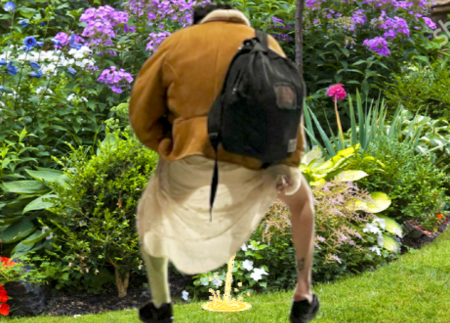
Piss or get off the pot!
New perspectives for the greenhouse: thinking about an Anthroponic system
It's a rich solution, we produce it, sometimes it's inside us and sometimes it's not - and it connects us all, from the tiniest insect to the mastodontic blue whale. Is it blood? No, it's urine! Let'...
-
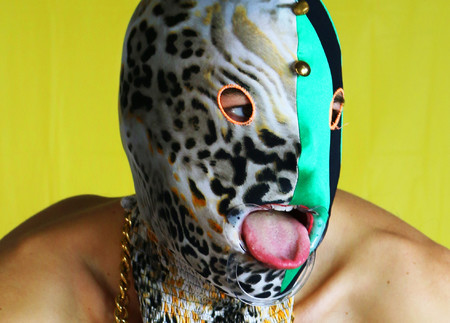
Mediamatic Biotoop Dijkspark
Meet-a-Maker: Arthur Guilleminot
Come to Mediamatic to have a talk with an artist in our little greenhouses by the water! Learn more about their work or talk about your project with the artist who inspired you. Arthur Guilleminot ...
-
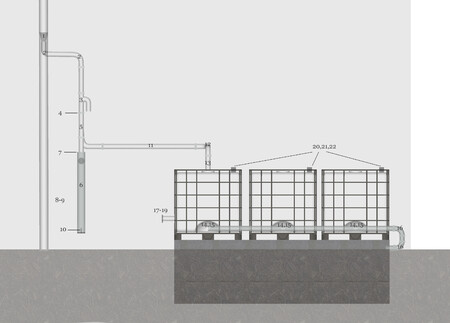
Mediamatic Biotoop Dijkspark
Harvesting rainwater
Research and design for a rainwater system
Following the research on irrigating with canal water, a more general question appeared: How to build an ecological water management system for the exterior garden and interior greenhouse aquaponics?
-
People
Get to know the team that is working on Grain of Salt.
-
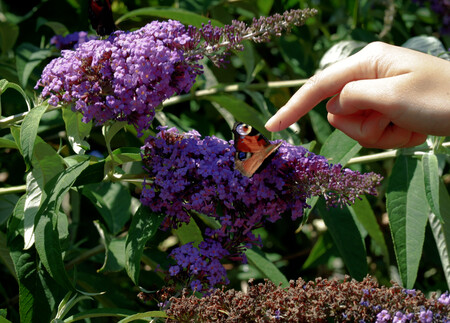
Nesie Wang 28 Jul 2023
The Mind Garden: Thoughts and Inspirations
Explore connections between gardening and neurodivergence.
A/artist has been developing the concept of Mind Garden for the past few months. After the roundtable discussion: Plants are it! , where guests shared their practice and thoughts about plants and...
-
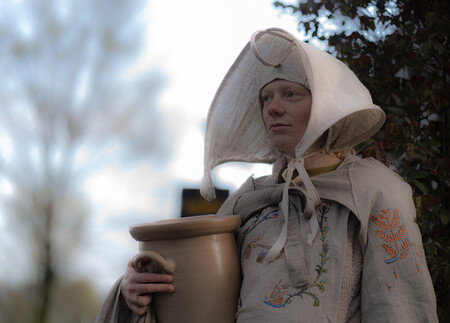
Exhibition: Mediamatic Biotoop Dijkspark Pauline Rip
Elficological know‑how
22Jun 2023- A take on fictional knowledge by artist Pauline Rip30Sep 2023How can we reimagine the richness of our cultural relationships with plants and nature through the imaginary creatures they inhabit? To what extent can fictional knowledge and cultures explore the...
-

If you can't beat it, eat it!
What we can learn from the fate of the passenger pigeon
Flocks clouded the sky and cast a dark shadow over the land, stealing hours of daylight and sometimes days on end. This is not an exaggerated Hitchcock scene from ‘The Birds’ but rather a common...
-
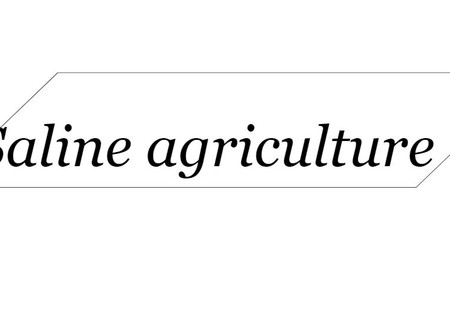
Salt tolerant plants in aquaponics
Exploring new plants as an adaptation strategy
As a part of our project ' Grain of Salt ' we are researching plant species that are more tolerant towards salty conditions. These plants have special mechanisms to withstand higher concentrations of...
-
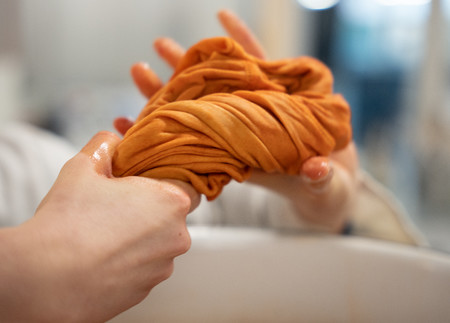
Workshop: Mediamatic Biotoop Dijkspark
Dyeing with Fabulous Fungi
- Workshop with Ilse Kremer5Mar 2023Have you ever been mesmerized by the beautiful colours of mushrooms? Did you know you can dye fabric with the pigments produced by mushrooms? Come join fashion and textile designer Ilse Kremer to...
-
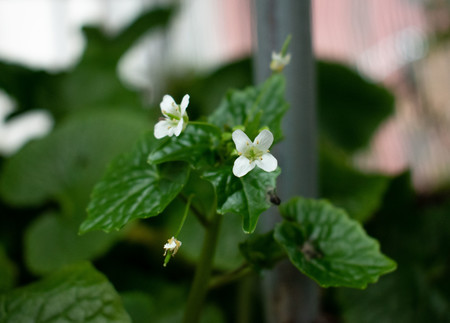
The green gold
Celebrating our Wasabi's 2nd birthday
After some cold and rainy months in aquaponics, we were overjoyed to see the first aquaponics plant in bloom. This early bloomer has got to be a bit of a diva, as most plants are not showing any...
-
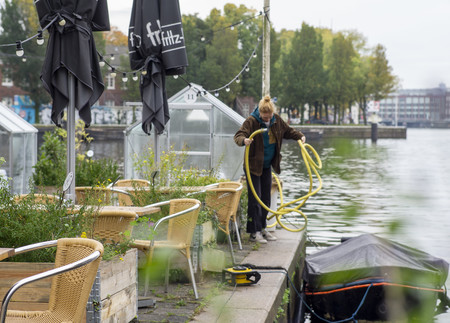
Closing the Tap
Turning to the canal to reduce our tapwater consumption
The goal is simple. We want to stop using clean tapwater to irrigate the plants at Dijkspark and instead use a watersource that may be considered unconventional: the canal. The common perception of...
-
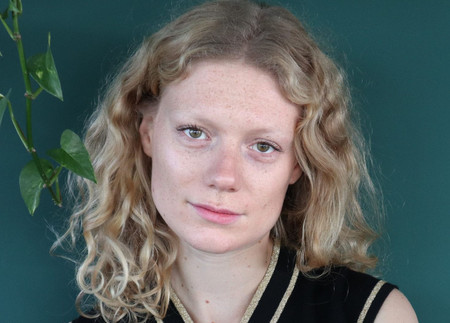
Workshop: Mediamatic Biotoop Dijkspark
Meet A Maker
- Talk with Pauline Rip15Feb 2023On Wednesday, Pauline Rip will be at Mediamatic and she is open to a creative conversation. Come and meet the artist-designer in residency who is developing a project on elficology and exchange ideas...
-

Workshop: Mediamatic Biotoop Dijkspark
Meet A Maker
- Talk with Pauline Rip10Feb 2023On Friday, Pauline Rip will be at Mediamatic and she is open to a creative conversation. Come and meet the artist-designer in residency who is developing a project on elficology and exchange ideas...
-

Workshop: Mediamatic Biotoop Dijkspark
Meet A Maker
- Talk with Pauline Rip25Jan 2023On Wednesday, Pauline Rip will be at Mediamatic and she is open to a creative conversation. Come and meet the artist-designer in residency who is developing a project on elficology and exchange ideas...
-

Workshop: Mediamatic Biotoop Dijkspark
Meet A Maker
- Talk with Pauline Rip18Jan 2023On Wednesday, Pauline Rip will be at Mediamatic and she is open to a creative conversation. Come and meet the artist-designer in residency who is developing a project on elficology and exchange ideas...
-

Elficological know‑how
A take on fictional knowledge by Mediamatic artist in residence Pauline Rip
How can we reimagine the richness of our cultural relationships with plants and nature through the imaginary creatures they inhabit? To what extent can fictional knowledge and cultures explore the...
-
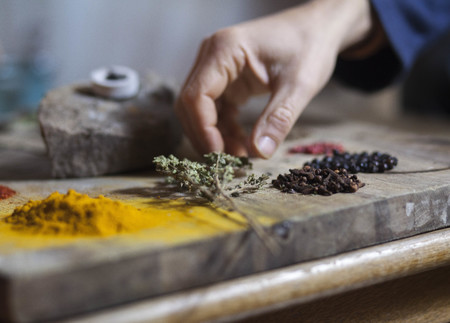
Proposal by: Leo Kay
The Acid House Of Ideas
Project Proposal: Bread, microbial and plant agency, fermentation, human evolution and collective ritual.
A month-long participatory exhibition centered around the building of a model house of ergot-inoculated rye bread; exploring the recent history of human alienation from the land; the creative...
-
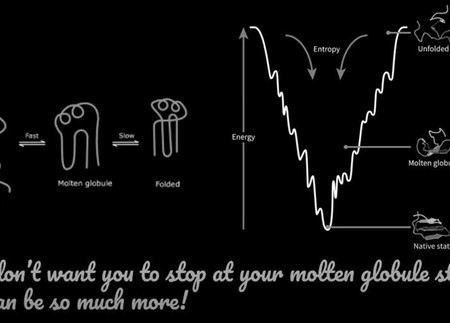
Proposal by: Sujata Majumdar, Roland van Dierendonck, Irene Nooren
Nanoplay
Project Proposal: The Society Within Us
'The major problems in the world are the result of the difference between how nature works and the way people think' - Gregory Bateson Our current way of thinking does not enable us to deal with...
-

Dealing with pests
The pineapple sage infestation
With the changing of the seasons and the drop in temperature, some plants in the unheated greenhouse become more susceptible to pests and infestations as they are perennial, such as the Pineapple...
-
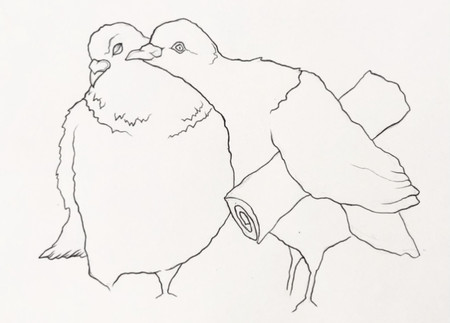
Mediamatic Camilla Calamai
Becoming a Pigeon
What I learned from Donna Haraway’s book “Staying with the Trouble, Making Kin in the Chthulucene” and String Figure Theory
The Inhuman Carnival train us to see the world from a non-human perspective, specifically from the one of a pigeon. How do we change the gossip surrounding pigeons, and empathise with them so that we...
-
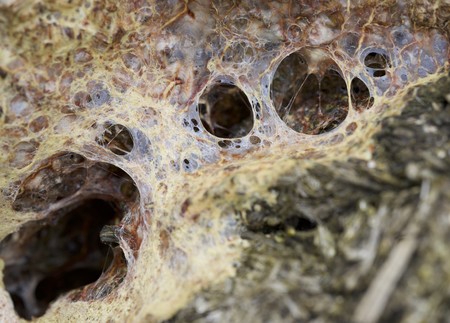
Live on the Towers!
Dog Vomit slime mould on Gentle
A couple of weeks ago, after heavy rain, a bright yellow gooey patch appeared on one of our older towers: Gentle (pigeon tower n.4). This patch started out looking elastic and glutinous, and seemed...
-

We grew a new project nursery: Penny for your…
Project Nursery
There is something uniquely inspiring when looking into artistic processes that are still in progress: unpolished, experimental, and open-ended. Penny for your Thoughts is our project nursery